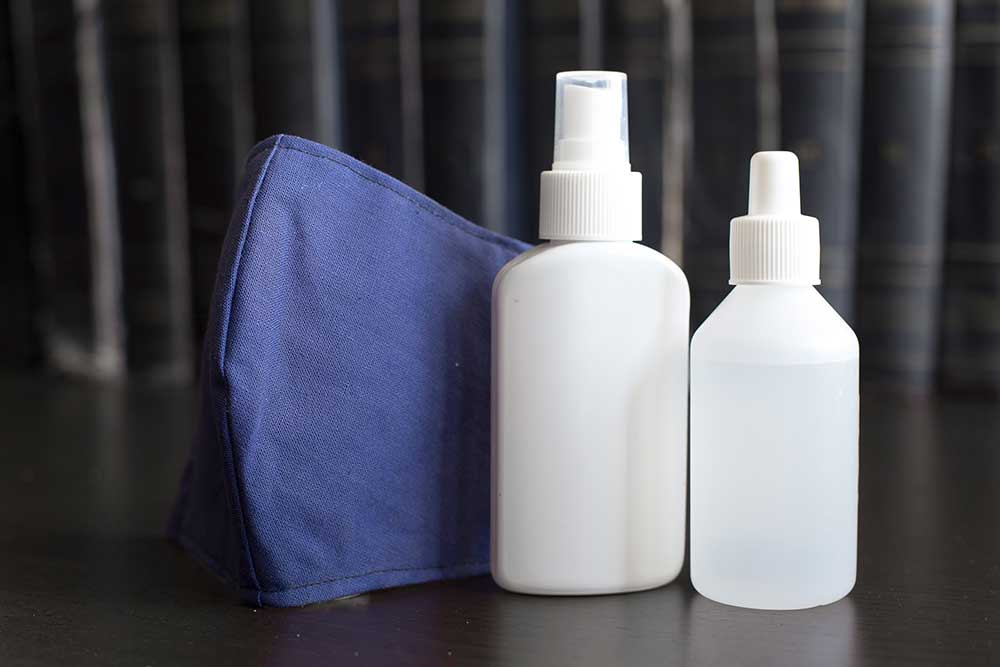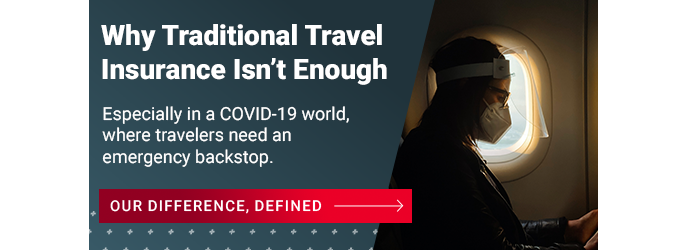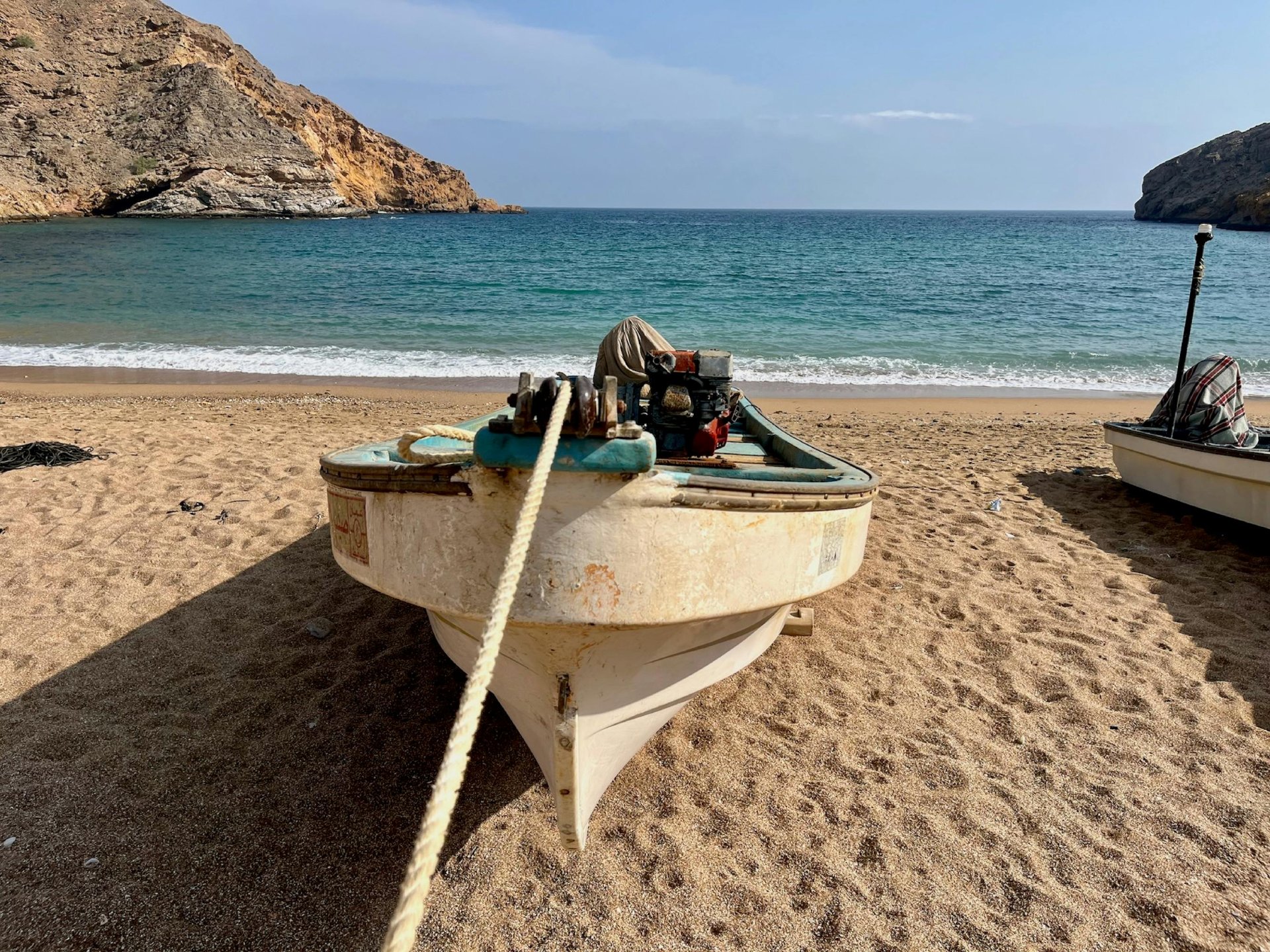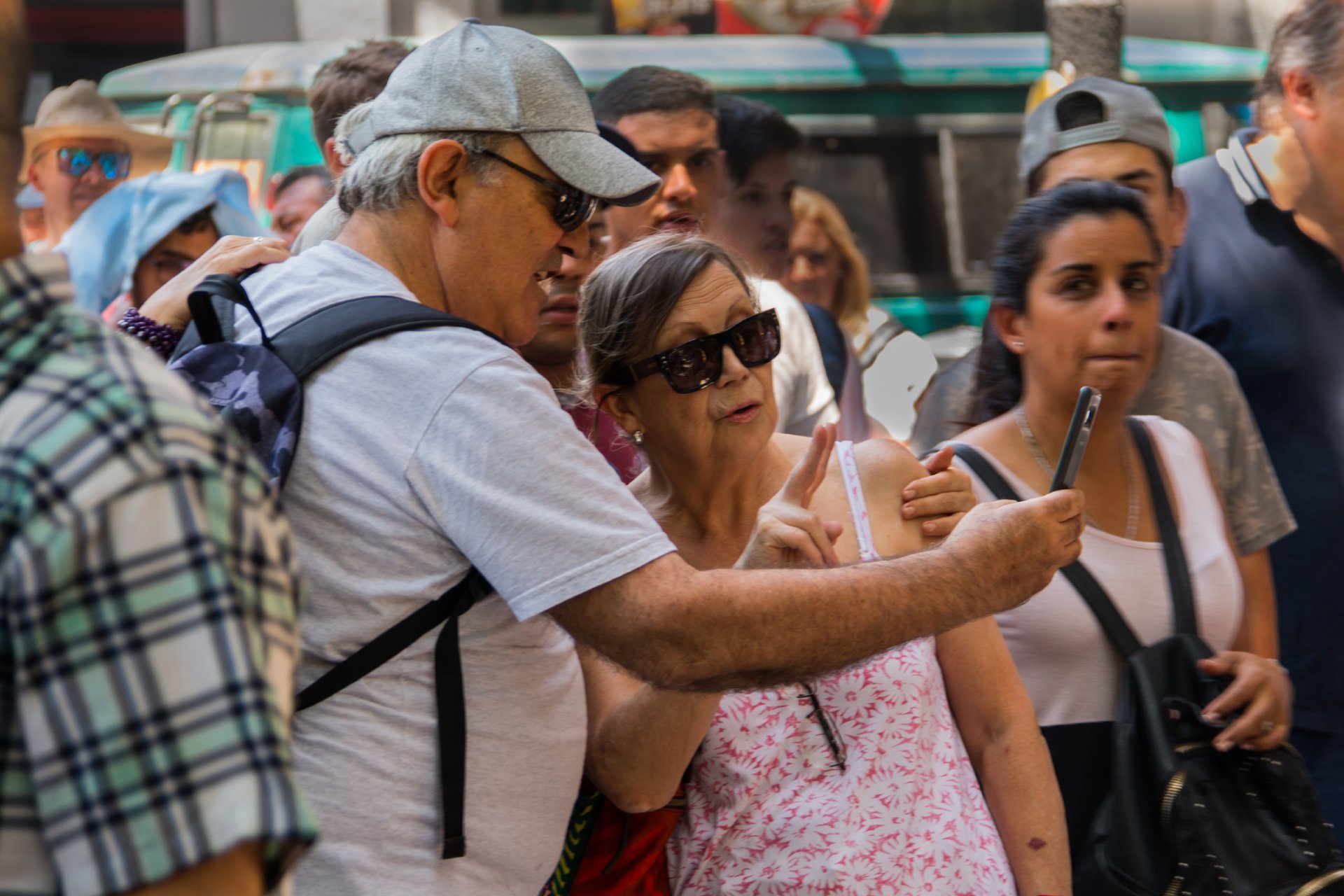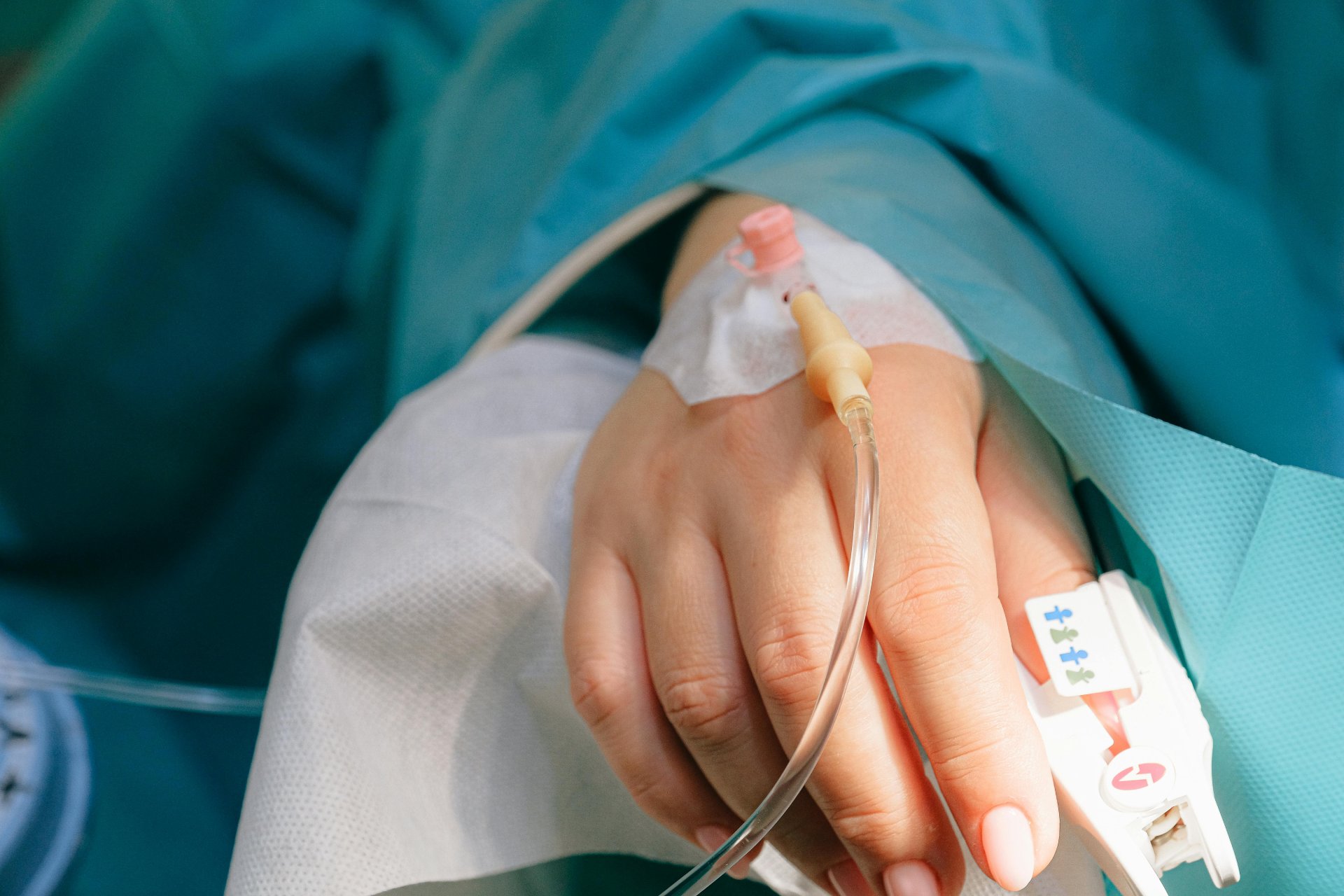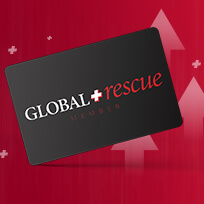How many items do you touch during the day? If you’re at home, the list might include door handles, faucets, counters, light switches, knobs, drawer pulls, chairs, tables, utensils, pens and pencils, your phone, television remote, computers, to name just a few.
If you venture outside of the house, the list gets longer — add elevator buttons, door handles, ATM screens, check out key pads, gas pumps — and more people are touching the things you are touching.
A study by The New England Journal of Medicine found the coronavirus lasted on plastic and steel for up to 72 hours, cardboard for up to 24 hours and copper for up to four hours. Of course, it’s not the main way the virus spreads — that’s due to coughs and sneezes — but it’s part of the problem.
An April 2020 Global Rescue survey found that 77% of respondents are planning a trip by October. Even if travelers follow protocols, protection is the key to reducing personal infection and prevent the spread.
Global Rescue experts have compiled some suggestions to reduce the risk of coronavirus contagion and increase your pandemic preparedness. Emergency supplies for the pandemic include a local travel kit (for your purse or pocket), an airport emergency kit to increase public health safety and a hotel supply kit to increase personal safety.
Travel Pandemic Kit
These three items are a must-have on any trip in today’s coronavirus world.
Masks
You’ll be wearing one and you should carry a few spares with you. According to The Today Show, you should wash your fabric mask every two wears. But, if you are near someone who is infected or contagious, you should wash it immediately.
Hand sanitizer
If you have to touch a surface, use hand sanitizer immediately after. According to the CDC, effective hand sanitizer is at least 60% alcohol.
You can now bring more with you when you fly. The Transportation Security Administration eased the 3-ounce limit and is allowing passengers to bring up to 12 ounces of liquid hand sanitizer in carry-on bags.
Disinfectant wipes
You can remove the virus from surfaces by using bleach-based cleaners or hydrogen-peroxide based cleaners. The New York Times has done research on which wipes are the best. You can make your own travel packs by stacking wipes into Ziploc bags.
Airport Pandemic Emergency Kit
The airport is full of high-touch surfaces. Keep these items in your purse, jacket pocket or carry-on bag:
More disinfectant wipes
Avoid touching surfaces with fingertips. Your fingertips are most likely to transmit a virus, because they’re the part most often used to touch your face, eyes, nose or mouth. You’ll be using disinfectant wipes throughout the airport as well as once you board the plane to wipe down your seat, arm rests and tray table.
A pack of single-use tissues
If you need to grab a handle or open a door, use a tissue to touch the surface, then discard it.
Q-tips
Use a Q-tip instead of your finger to press buttons on a key pad or elevator. Discard after use.
Hotel Pandemic Supply Kit
Your hotel room will be your safe place to disinfect your mask, evaluate your health and check in with family, friends and co-workers.
Soap and water
As soon as you can, wash your hands with soap and water for at least 20 seconds. Wipe down the faucet handles and door handles (whatever you touched as you entered your room) with disinfectant wipes.
More wipes and a microfiber cloth
You might touch your phone as much as you touch your face. The major smartphone manufacturers say you can use isopropanol alcohol wipes to clean your phone, or you can use soap, water and a microfiber cloth.
Travel laundry detergent
Soak your extra cloth mask(s) in a sink full of water and scrub with laundry detergent. Wring out excess water and hang dry.
Thermometer
COVID-19 symptoms include shortness of breath, fever, coughing and a sore throat. A travel thermometer will help you keep tabs on your temperature.
Digital oximeter
If you are in the high risk category for coronavirus, you’ll want to make sure your lungs are getting enough oxygen. A digital pulse oximeter, available at most pharmacies or online stores for less than $30, will track your real-time oxygen levels. Normal pulse oximeter readings usually range from 95 to 100%, according to The Mayo Clinic.
Other travel tips and tricks:
- Use an object such as a pen to press an elevator button.
- Open doors with an elbow or pull your hand into your sleeve so only the cloth touches the handle.
- If possible, use touchless payment (pay without touching money, a card or a keypad).
- If driving or flying, plan as few stops as possible.
- Wipe down utensils (if they aren’t wrapped in plastic) before using.
- TSA recommends placing items from your pockets into your carry-on bag before you go through the security checkpoint. Remove keys, tissues, lip balm, loose change, breath mints, mobile phone and anything else from your pockets and add them into your carry-on bag so you don’t have to place them in an unsanitized bin.
- Bring enough supplies. You’ll need a day’s supply for state and local travel, for example, and extra pandemic preparedness supplies for international travel.

